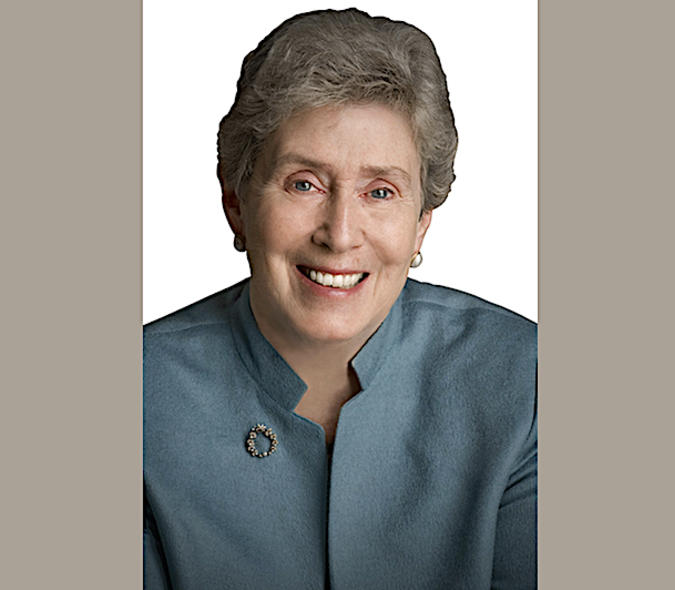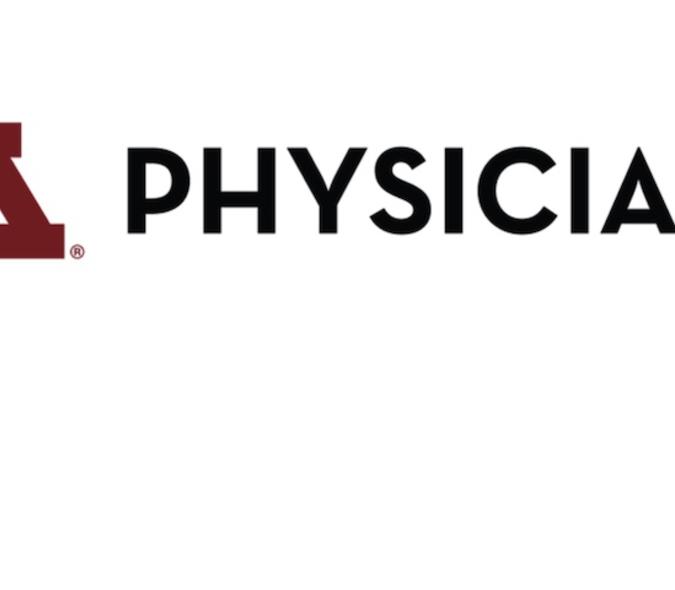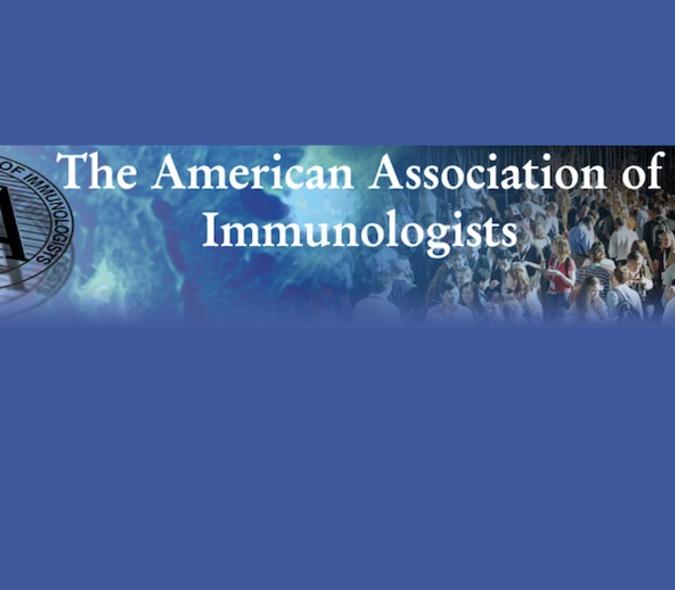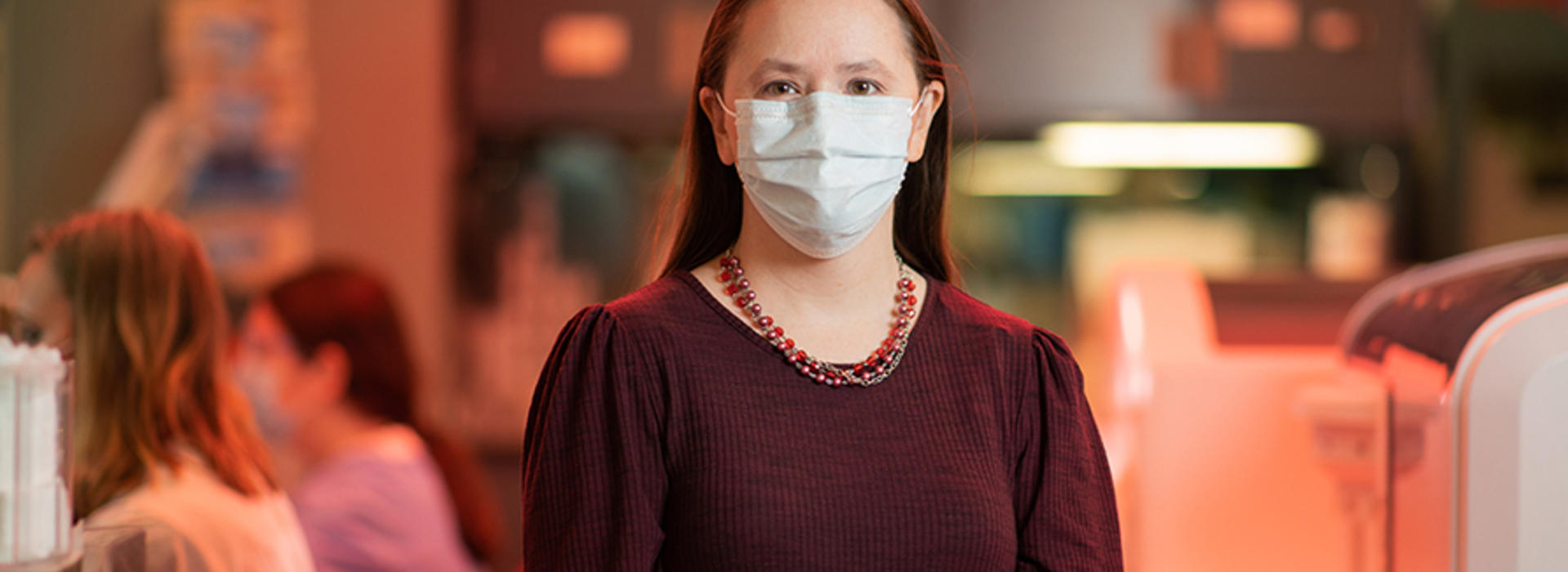
ARDL led early pandemic screening of state healthcare workers and outpatients
In-house testing innovation paved the way for tracking SARS-CoV-2 antibodies in the general population and gauging them following infection or vaccination
The day after the report that the first Minnesotan had died of COVID-19 in March last year, LMP associate professor Amy Karger received an email from Marc Jenkins, University Regents and McKnight professor of microbiology and director of the Center for Immunology. Jenkins had been tasked with developing a serology or antibody test that could be used to detect whether people had been exposed to the SARS-CoV-2 coronavirus that causes COVID-19 disease.
“Marc sent me an email saying he was assembling a team to develop an antibody test and wanted to get me involved – someone in Lab Medicine,” Karger said. “He had at that time more basic science people engaged in the effort and wanted to involve someone who could help translate it into a more clinical test.”
Karger said she was astonished how quickly Jenkins and his lab created a working antibody test in just a few weeks. “That’s when I started thinking about how we could implement the test,” she said. “ARDL [LMP’s Advanced Research and Diagnostics Laboratory] came to my mind as the ideal place because we had highly qualified staff who were familiar with ELISAs.” ARDL has decades of expertise running and troubleshooting high-volume immunoassays such as the ELISA – an enzyme-linked immunosorbent assay – and is fully accredited by the Clinical Laboratory Improvement Act (CLIA) and the College of American Pathologists (CAP). This year marks the 50th anniversary of ELISA, a test that today is vital to many areas of research and applied science—from detecting food and environmental contaminants to screening for HIV, influenza, and SARS-CoV-2 antibodies.
“When we decided to move the antibody test Marc’s team developed to ARDL, that’s when I asked Stefani and Bharat to help,” Karger said. LMP assistant professor Stefani Thomas and associate professor Bharat Thyagarajan were key members of the ARDL team Karger put together, as were ARDL personnel including laboratory technician Christopher Zaun, laboratory manager Jennifer Peters, and business manager Robert Janicek.
Karger, Thomas, Thyagarajan, Zaun, Peters and Jenkins are among the coauthors of “Initial determination of COVID-19 seroprevalence among outpatients and healthcare workers in Minnesota using a novel SARS-CoV-2 total antibody ELISA” published in the April edition of Clinical Biochemistry, with Karger the corresponding author. It’s the first study to describe the COVID-19 “seroprevalence” – defined by the U.S. Centers for Disease Control and Prevention as the percentage of individuals in a population who have antibodies to an infectious agent -- among healthcare workers and outpatients in Minnesota.
Karger and her faculty colleagues tested blood serum collected from 1,282 healthcare workers and 2,379 outpatients between April 13 and May 21 last year for the presence of SARS-CoV-2 antibodies using the ELISA test the Jenkins team created. They found antibodies in 2.96% of the healthcare workers and 4.46% of outpatients. The investigators observed that the 4.46% seroprevalence in their outpatient sample suggested that many times more people had been exposed to the novel coronavirus than the number of laboratory-confirmed COVID-19 cases the Minnesota Department of Health reported at the time. Karger and her colleagues concluded that “Our in-house SARS-CoV-2 total antibody test can be used to conduct reliable epidemiological studies to inform public health decisions during the COVID-19 pandemic.”
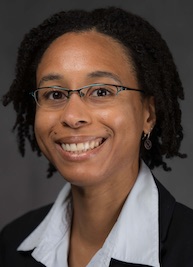
Stefani Thomas, the paper’s first author, said ARDL’s “phenomenal team’’ met the challenge, citing a Medical School story “Three Ways to Prepare for the Next Pandemic” that highlighted ARDL as a “New Model for Lab Operations” based on its success in validating, scaling up, and deploying the antibody test that the Jenkins group created. "It’s really important to have that interface between the basic sciences and the clinical sphere here,” she said. “We are very well versed in validating the fundamentals of lab tests and speeding up the tests, but then there’s the practical aspects of the tests, like the protocol for obtaining the samples. ARDL was extraordinarily critical to this entire effort.”
ARDL validated the in-house antibody test by comparing results against three commercial novel coronavirus antibody tests with good records for reliability and accuracy and indeed exceeded the commercial tests in the sensitivity and specificity of its performance. The poor quality of many commercial tests made the development of an in-house test necessary, Karger said. “They weren’t from the reputable companies you’d recognize. I was getting emails and cold calls from all sorts of people, including from companies that just popped up overnight to start selling these tests from overseas.” Early in the pandemic the U.S Food and Drug Administration (FDA) had opted to allow commercial antibody tests to be marketed without an Emergency Use Authorization (EUA), the regulatory pathway it usually requires for such tests. In February this year the FDA acknowledged its error in a New England Journal of Medicine commentary “The FDA’s Experience with Covid-19 Antibody Tests.”
More studies using quantitative or semi-quantitative antibody methods like those employed in the ARDL in-house antibody test are needed not only to gauge seroprevalence in the population but also to explore whether there is a relationship between antibody levels and COVID-19 disease severity or COVID-19 vaccine effectiveness, Karger said.
Karger (Program Director/PI) together with Thomas (PI) and Thyagarajan (PI) are leading a five-year, $6.7 million National Cancer Institute project to set up a COVID-19 Serological Capacity Building Center that will support the Serological Sciences Network. SeroNet will mobilize collaborative efforts to develop serological or antibody assays of high specificity and high sensitivity for deployment to test for SARS-CoV-2 coronavirus-induced immune responses and to rapidly expand national serological testing capacity.

